Paris is extra magical at Christmastime, when it literally shines like no other city. If you’re lucky enough to be in town this December, here’s what you should do …
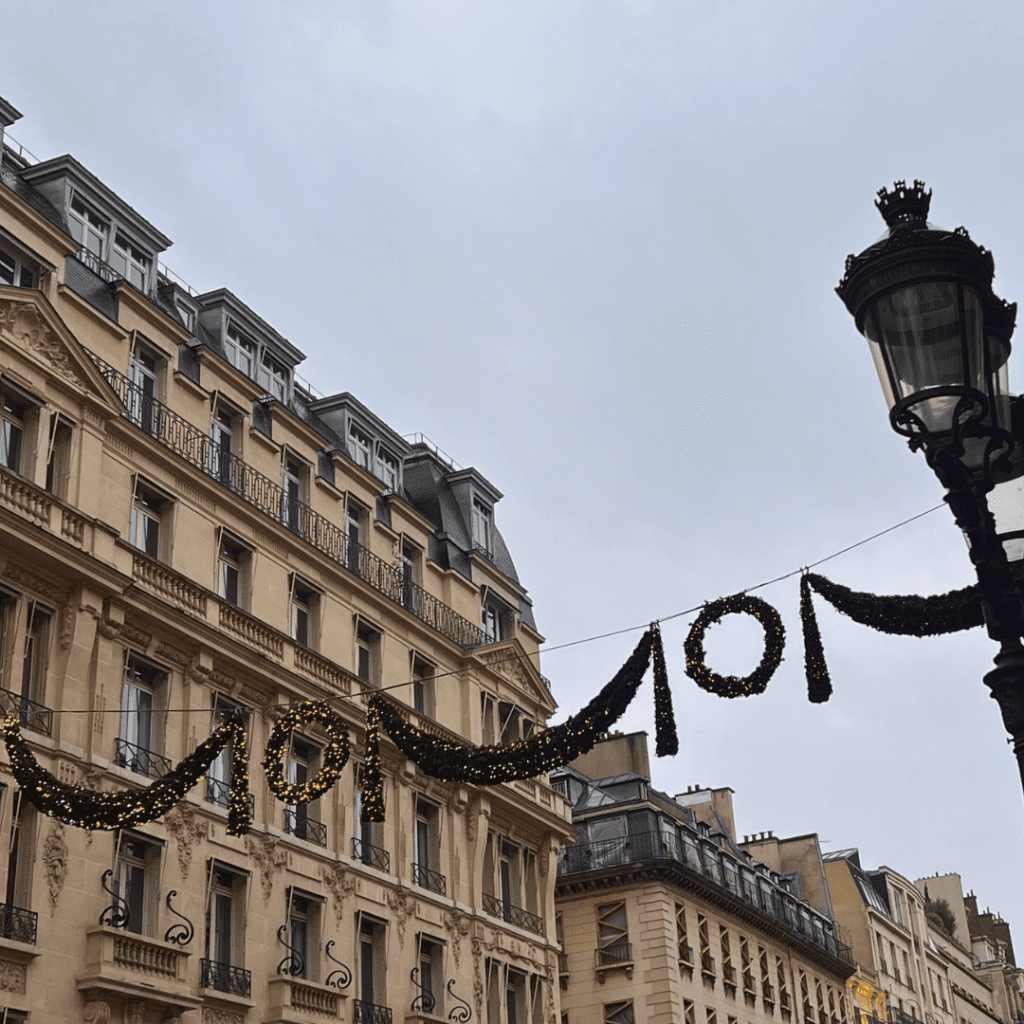
Follow the Lights
Pretty lights are festooned all over Paris — up in Montmartre, on Île Saint-Louis, around Saint-Germain-des-Prés … But the ideal starting point for an illuminated tour of festive Paris is up at the Arc de Triomphe, at 5pm, when the Champs-Élysées flickers into a winter wonderland, with golden fairy lights garlanded through the branches of the avenue’s plane trees.
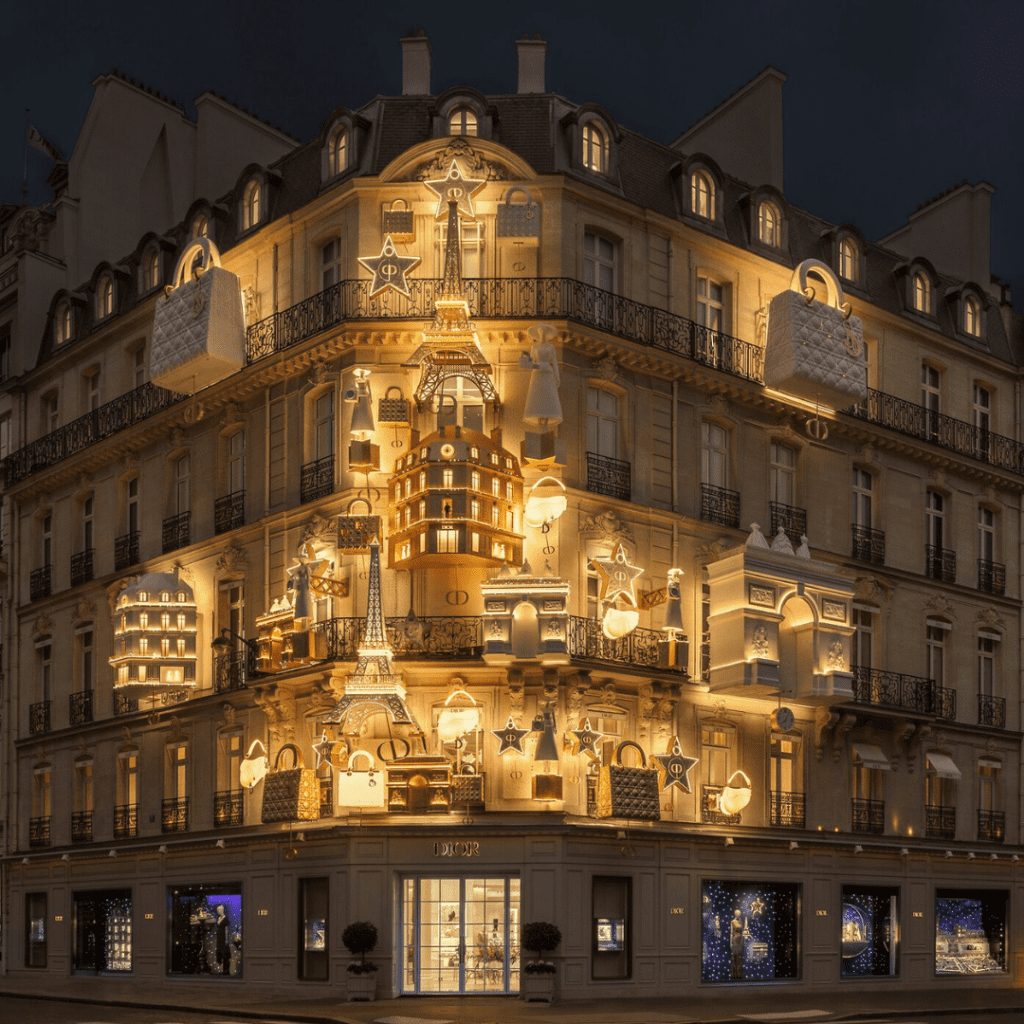
As you wander down the iconic avenue, take a detour onto Avenue Montaigne, and admire the festive façade of Dior, as well as the glittering Hôtel Plaza Athénée, where you should pop inside — its famous courtyard has been transformed into a shimmering ice-skating rink. (Access is limited but if you splurge on a meal of cheese and champagne in the pop-up Swiss chalet, you’ll be given skates and one hour in which to twirl away; for information and bookings, click here.)
Continue back to the Champs-Élysées, down to Place de la Concorde, and onto the aptly glittering Rue Royale. Duck into Village Royal up on the left, where the luxe shopping passageway is decorated with a sparkling hot-air balloon, and then head across to Rue Saint-Honoré, oohing and ahhing over the Chanel and Dior displays as you go.
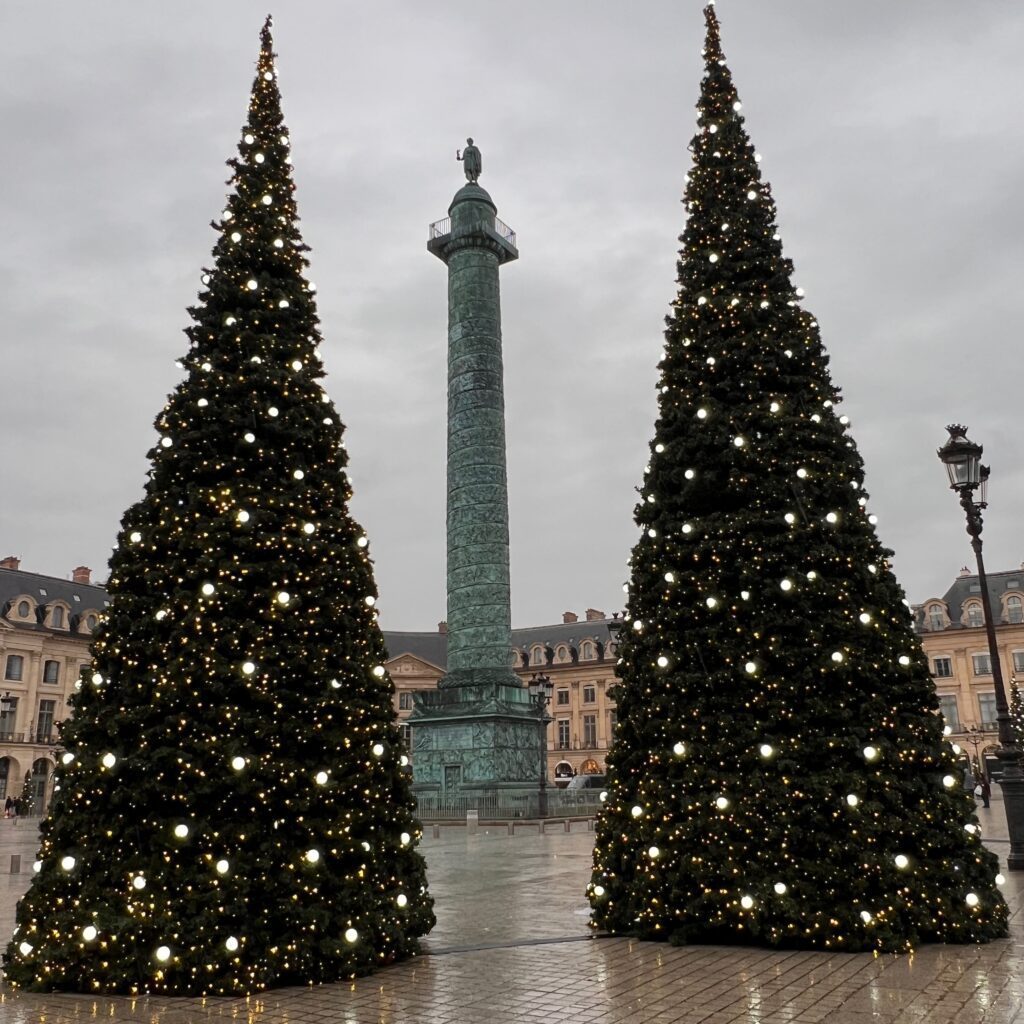
The jewel in the Parisian Christmas crown, however, is just ahead: Place Vendôme. The square, home to some of the world’s most legendary jewellery brands, is as dazzling as ever, studded with glimmering Christmas trees, its windows and doors swathed in Christmas garlands. The finishing festive touch: a Louis Vuitton vintage-inspired carrousel, which is free to ride.
Tour the Christmas Trees

While you’re on Place Vendôme, venture into the Ritz; the fabled hotel once again has one of the city’s most exquisite Christmas trees. Spend some time wandering along its shopping corridor and around the hidden garden, a fairyland of lights at this time of year.
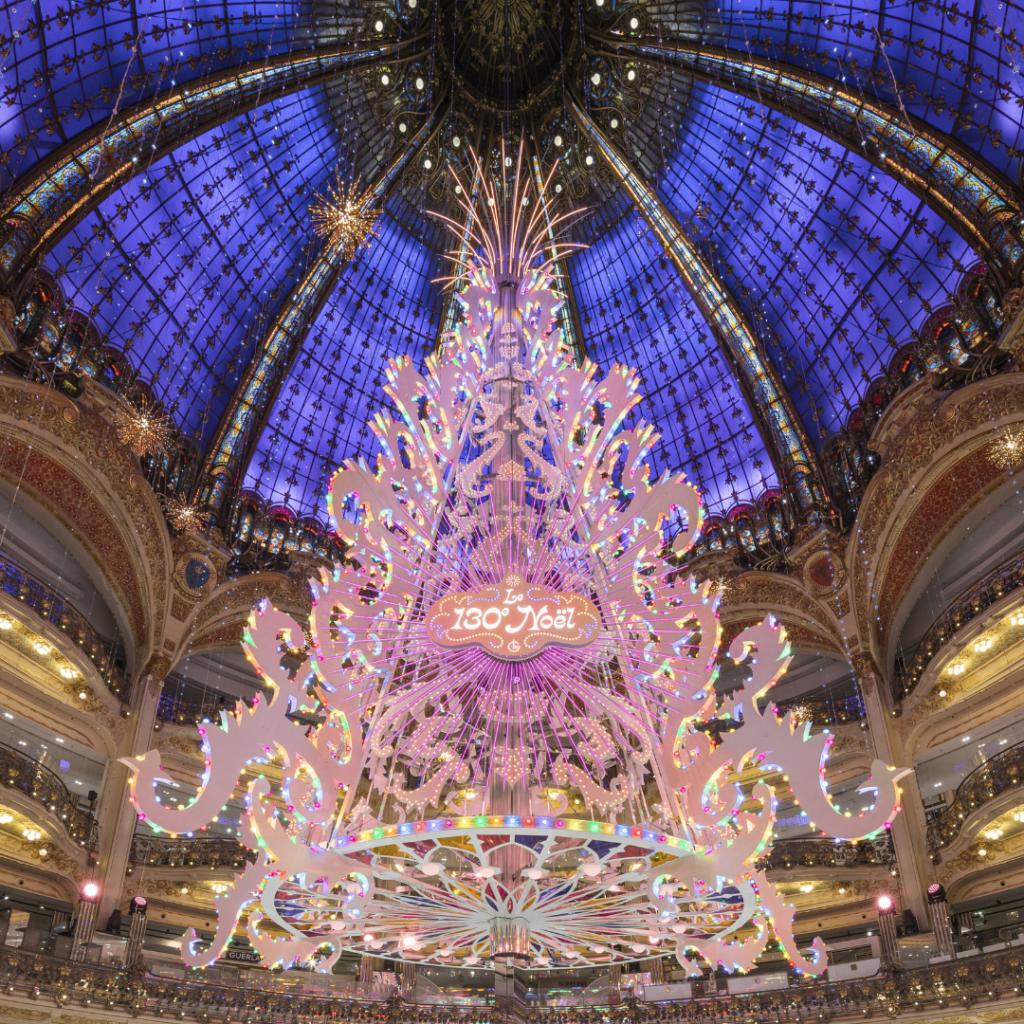
The most spectacular tree of every Paris Christmas season is surely the monumental creation of Galeries Lafayette, suspended beneath the department store’s glittering dome. To celebrate the store’s 130th anniversary, the tree this year is a blend of history and modern technology, featuring 20,000 programmable lights and fibre-optic firework-effect lighting, for a variety of effects. (Make sure to view it, too, from the glass footbridge that juts out from the third floor — if, that is, you’re not vertiginously inclined!)
For a more traditional take on a Christmas tree, head to Musée Rodin, where this year’s gold-and-ruby-themed tree stunningly sets off the museum’s elegant staircase.
Don’t Miss the Markets

Christmas markets are a must in Paris every December. The largest is the Marché de Noël des Tuileries, stretched along the northern edge of the park. Start by taking a whirl around the Ferris wheel, for a vignette of spectacular rooftop views. Then, savour some traditional festive French fare, such as tartiflette and, of course, mulled wine.
Paris’s Christmas markets also double as great gift-shopping destinations — many of the circa-100 wooden cabins at the Tuileries sell wares by French artisans. Le Village de Noël de la Tour Eiffel, at the foot of the Iron Lady, is also worth a visit, with its 60 stalls selling ceramics, toys, soaps, and food. There’s also the Marché de Noël Notre-Dame de Paris; it’s smaller — set within the lovely Square René Viviani — but specialises in handmade crafts, as well as boasting a spectacular view across to the renovated Notre-Dame. Speaking of which …
Marvel at Notre-Dame
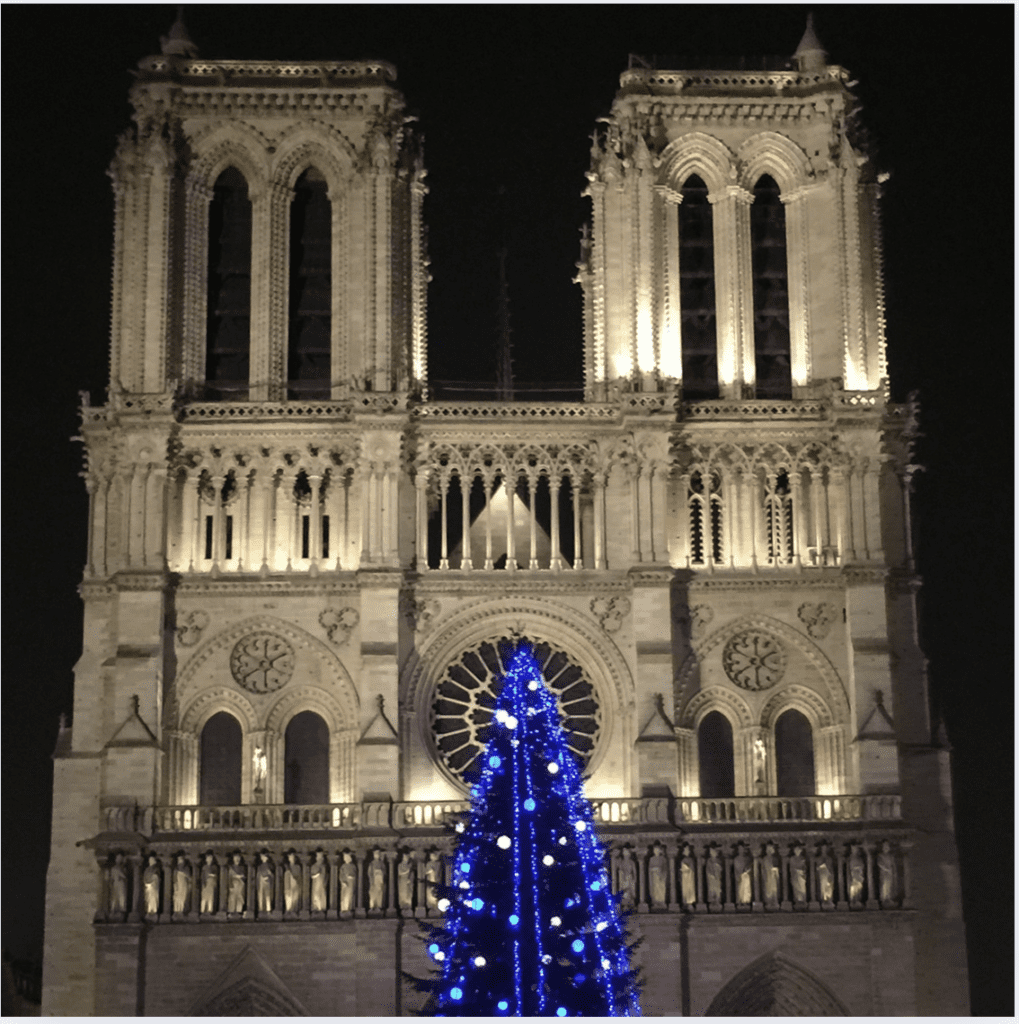
The beloved cathedral is about to reopen, more immaculate than ever after its five-year restoration — a true Parisian Christmas miracle. For information, click here; and here to reserve a time slot for your visit.
Treat Yourself to a Bûche de Noël
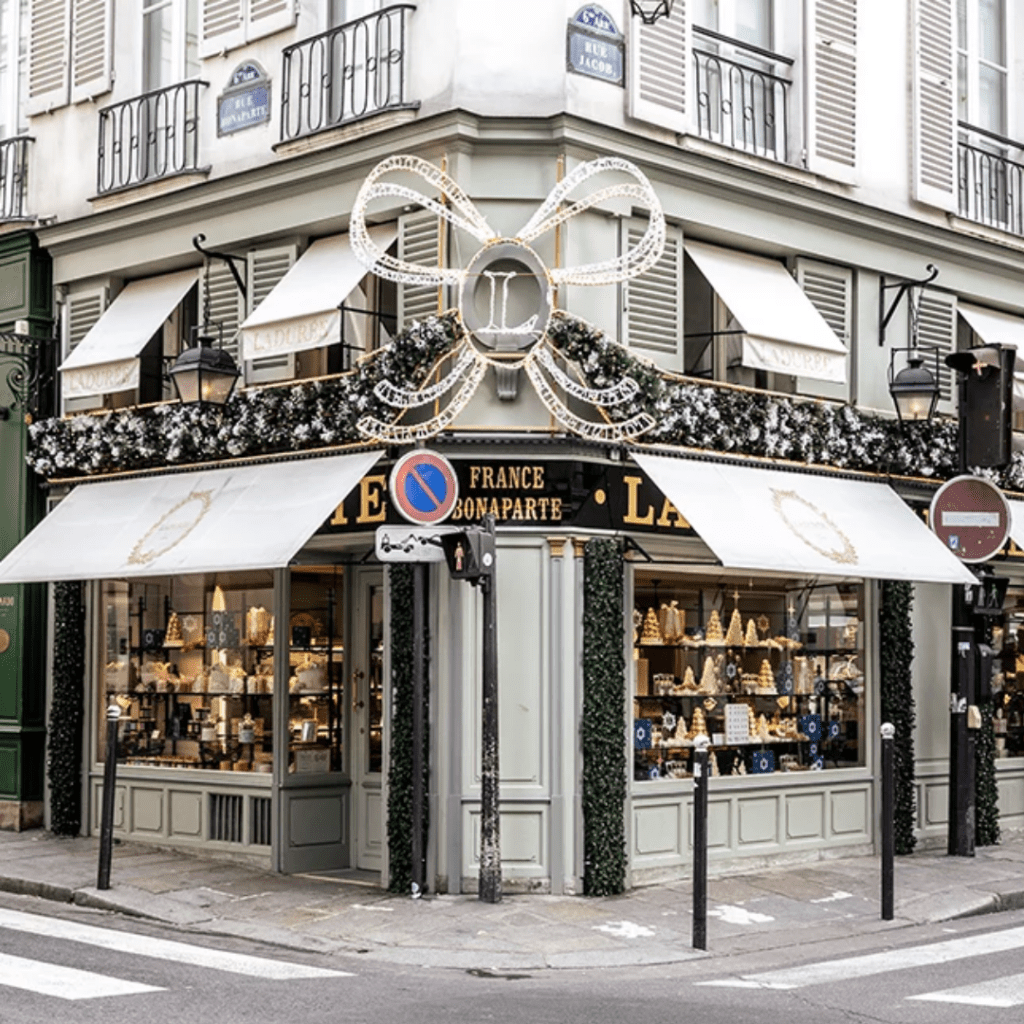
French holidays are always mixed with particular foods, and no dish says Paris Christmas like the Bûche de Noël (yule log). As you stroll the streets, make sure to stop at pâtisserie windows to swoon over these inspired creations. (The French version of the expression ‘window shopping’ translates as ‘window licking’ for a reason!) Many bûches don’t even resemble logs these days; the point is, rather, a fantastical interpretation of a cake that will make a celebration that bit more special. Look at, say, the Father Christmas bûche at Ritz Paris le Comptoir, or the trompe l’œil ‘coffrets’ at Ladurée. You’ll still find many traditional takes on the yule log, as well as cute mini-sized versions for a solo treat, such as those by Pierre Hermé.
Shop in Sparkling Style
Whether you’re after a party frock, ticking off the gift list, or just craving some Christmas eye candy, Paris’s department stores more than deliver. As well as the aforementioned Galeries Lafayettes, make sure to visit Samaritane, which has been decorated in a fantastical winter-garden theme, and Le Bon Marché, where super-sized Eiffel baubles dangle overhead in the atrium.
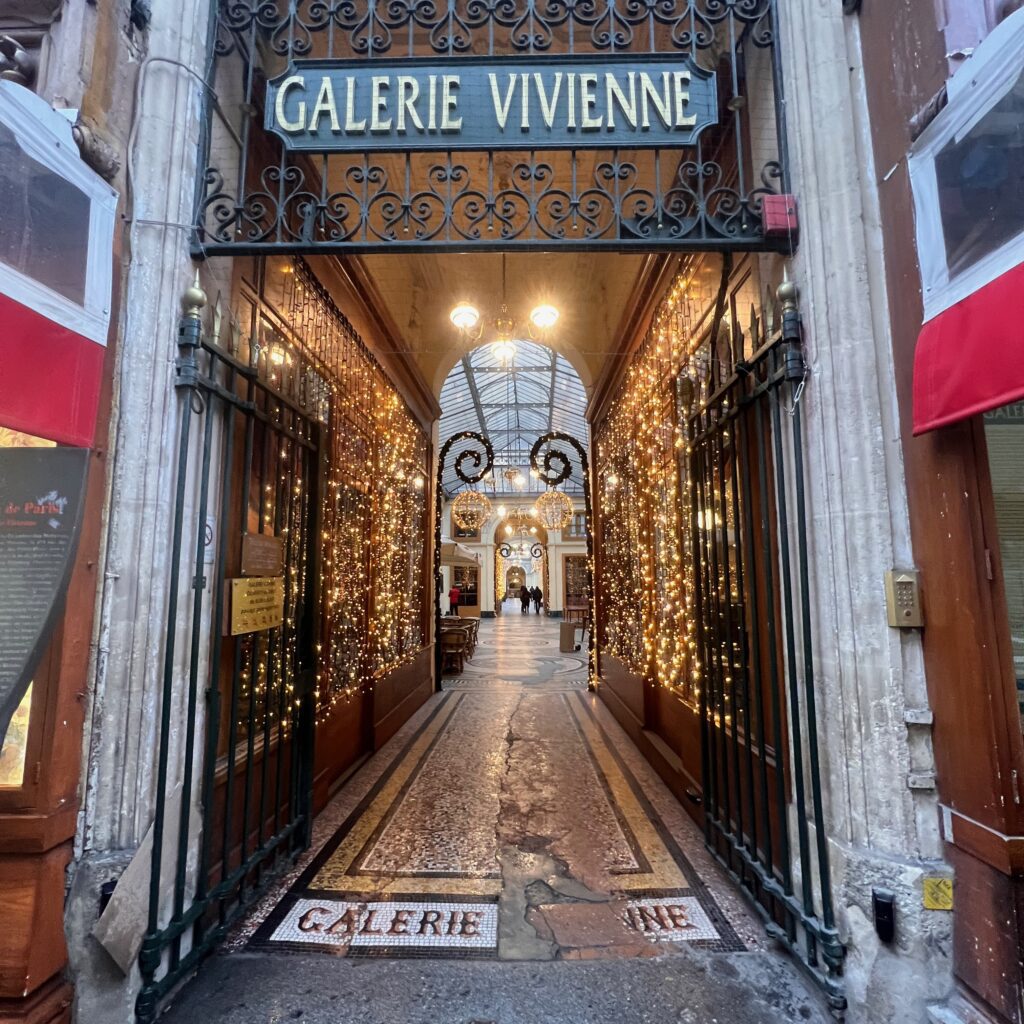
For a more intimate style of shopping, head to the covered arcades, especially Passage Jouffroy with its array of gift shops, and Galerie Vivienne, a time portal of eclectic boutiques, and one that is especially captivating when adorned with its famous Christmastime lights.
Ice Skate in a Palace
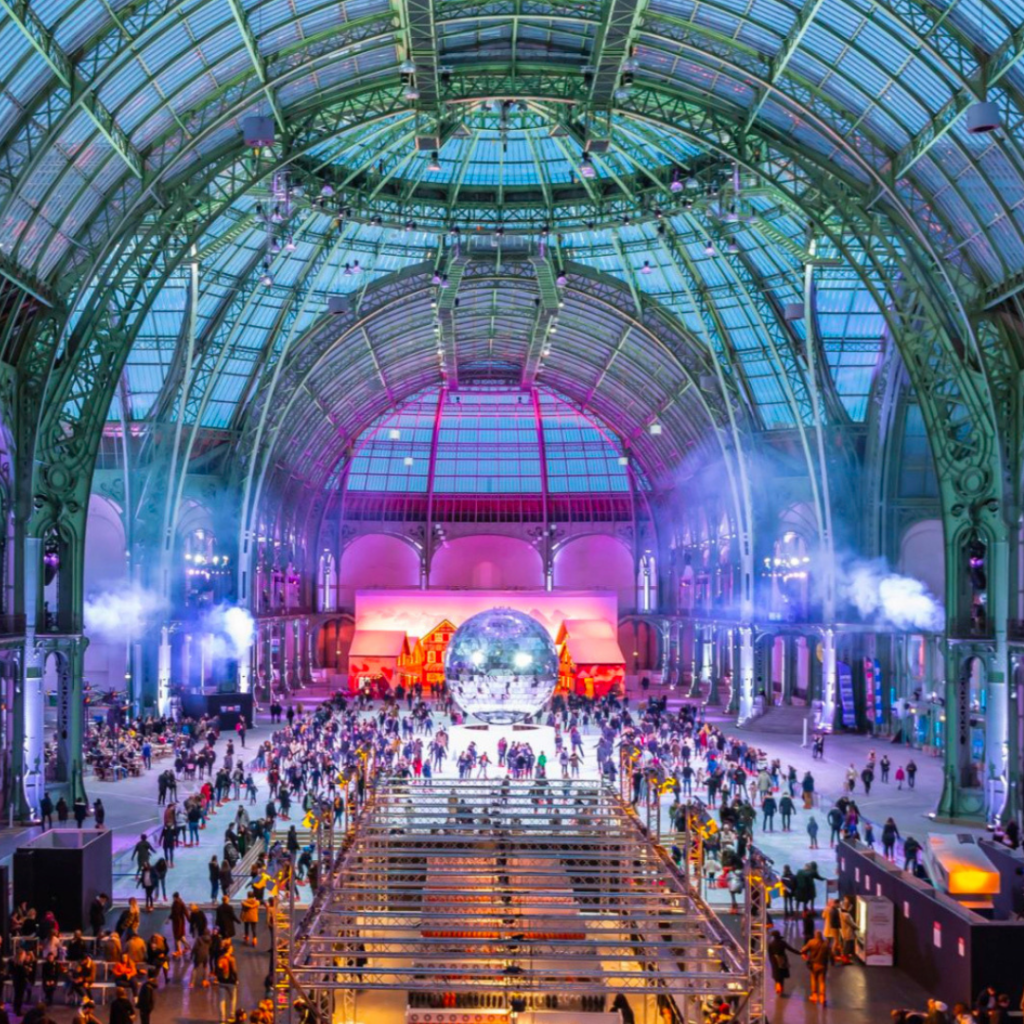
The majestic Grand Palais — the glass-canopied extravaganza of a building that hosted the 1900 Universal Exhibition — reopened for the Olympics after an intensive restoration, and it’s more glittering and glamorous than ever. This December, it once again hosts the Grand Palais des Glaces, the world’s largest indoor ice rink, which doubles as a dance party in the evening, complete with DJ and light show.
Take a Fairytale of a Day Trip
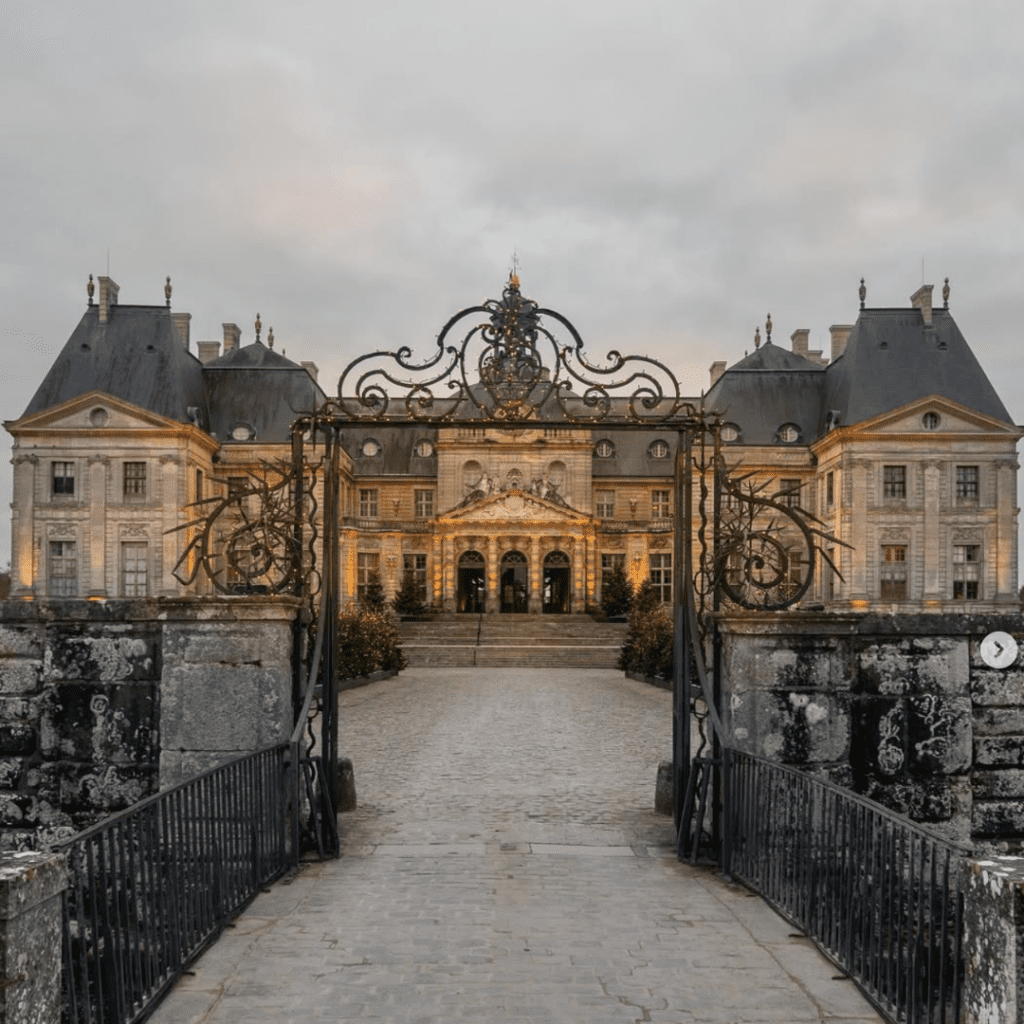
Many of France’s châteaux dress up for the festive season, but none does it so magnificently as Vaux-le-Vicomte. (What would one expect from the château that inspired Versailles?) This year, Vaux-le-Victomte (which is a one-hour train-and-shuttle-bus trip from Paris) is celebrating fairy tales and childhood classics, with its sumptuous room decorations inspired by the likes of The Nutcracker, Snow White, Beauty and the Beast, and Alice in Wonderland. Try to time your trip for late in the day; the illuminated castle and its gardens are nothing short of enchanting. Note: online booking is essential, and later time slots are always most in-demand. For more information, click here.

